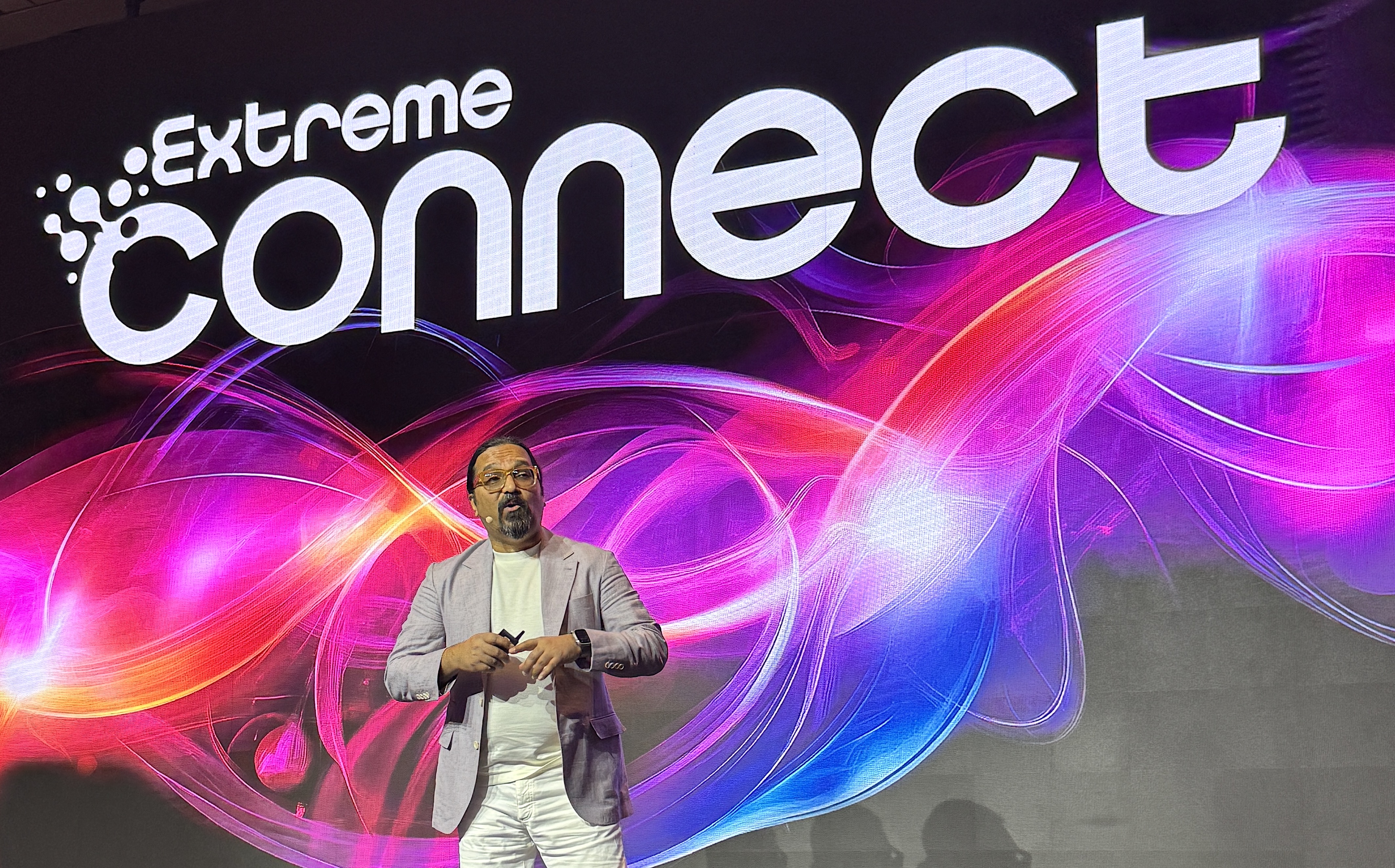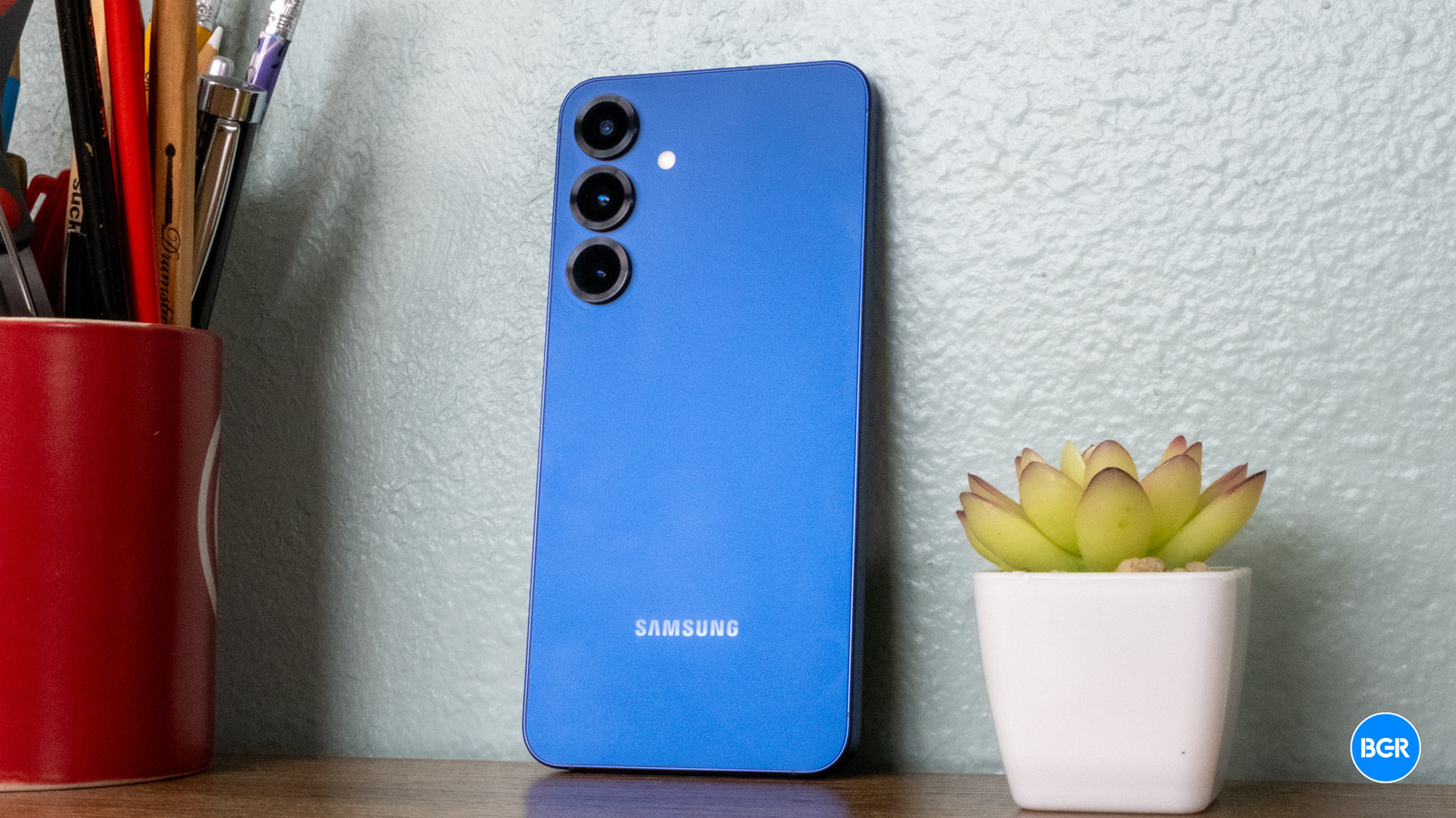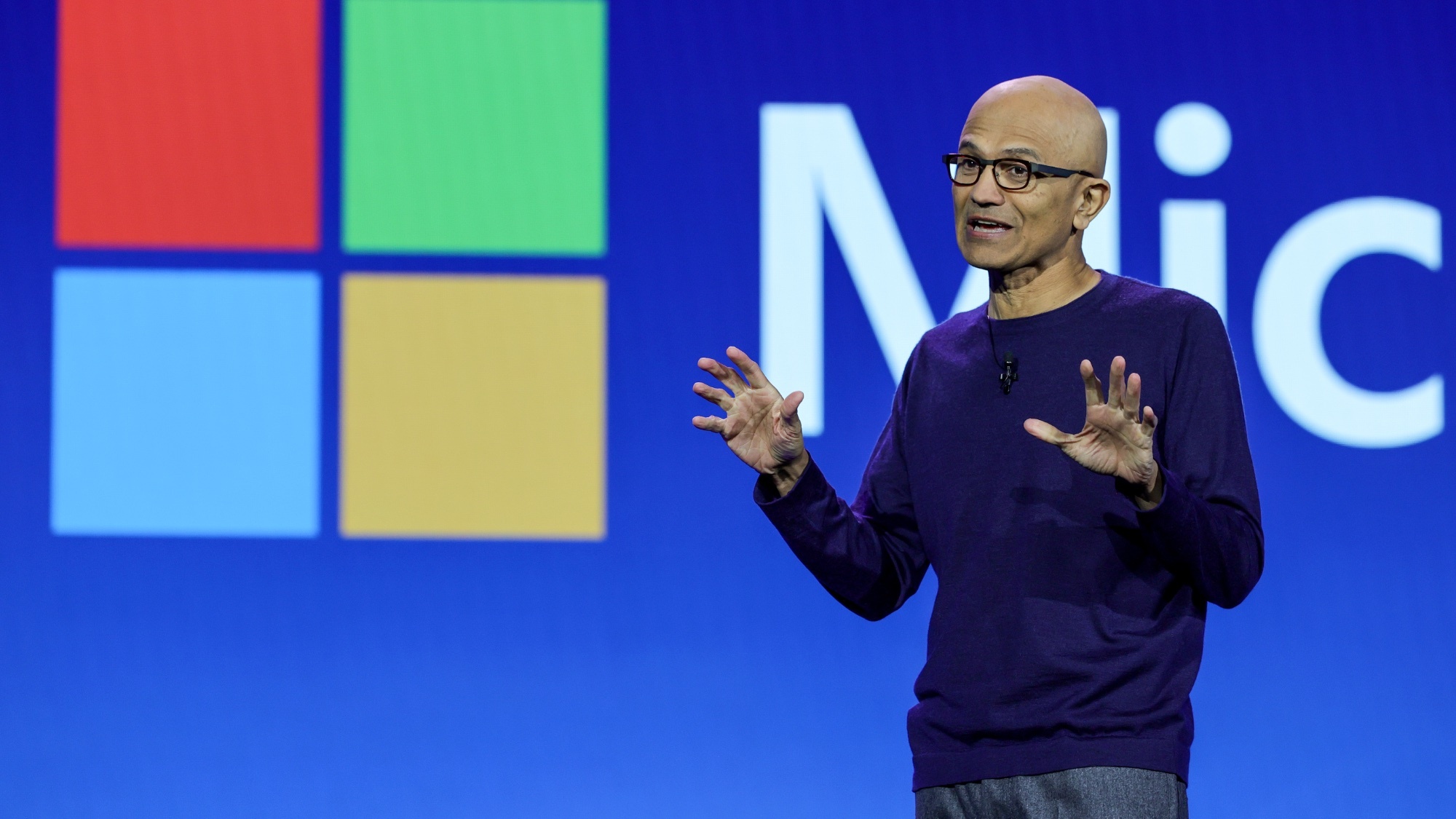Extreme Networks Inc. is holding its user event, Extreme Connect 2025 this week in Paris — a fitting city for the event as it’s home to many customers of Extreme, including the Musee d’Orsay and Charles De Gaulle Airport. The cloud networking provider used the event to announce several new products that focused on making the network simpler to deploy and easier to manage.
Extreme Networks is moving closer to a full rollout of Platform ONE, which combines artificial intelligence, networking and security in a single system. The cloud networking provider launched several new features in limited availability and showcased the platform at the event. Platform ONE will now be available to a broader set of customers, with general availability expected in the third calendar quarter of 2025.
Getting Platform ONE to where it is today has been a long journey for Extreme. A decade ago, Ed Meyercord and Norman Rice assumed the positions of chief executive and chief operating officer, respectively, and transformed the company through a series of acquisitions. Those included the Wi-Fi division of Motorola, campus networking from Avaya, data center from Brocade, cloud networking Aerohive and others.
Since then, the company has been focused on creating on simplification of the portfolio, which included universal hardware and cloud management. Platform ONE is the culmination of that as artificial intelligence required all the data to be brought together.
Platform ONE leverages three types of AI: conversational, multimodal and agentic. Together, these technologies provide automation and more visibility into how networks perform. The underlying architecture that powers all AI interactions across Platform ONE is the AI core and data hub, which aggregates both structured and unstructured data across Extreme’s portfolio. This includes switching, routing, wireless and software-defined wide-area networking.
The platform comes with several key tools that help organizations visualize, monitor and control their environments. AI Expert, for example, draws from more than 30,000 support documents, troubleshooting guides and articles to answer technical questions and assist users with common issues. AI Canvas lets teams create customizable dashboards and reports using real-time data.
Service AI Agent is another useful tool that diagnoses network issues. It supports advanced tasks like live troubleshooting. For instance, if a device fails to connect, the AI agent will walk through a step-by-step diagnostic process before identifying the actual problem. Though it might not fix the problem automatically, it gives the user a clear explanation and recommended next steps, all from within the same interface.
During the keynotes, Extreme Chief Technology Officer Nabil Bukhari (pictured) and Vice President of Product Management Hardik Ajmera did a demo of Service Agent troubleshooting Wi-Fi problems by automatically going through multiple steps to solve the problem. Bukhari said customers expectations need to change as, with AI, things that took days could now be done in hours and things that took hours will be instant.
Initially launched in December 2024, Platform ONE has since been tested in real-world environments through an extensive early access program involving more than 100 customers. As part of the program, the platform has been deployed across 19 remote data centers and 9,500 onboarded devices. Managed service providers were the first to get early access, and more than 50 have already started using the platform.
“We’ve listened to customer feedback. We’ve done about three years of research, speaking with our customers, doing in-depth interviews, looking at how users are behaving within Extreme Cloud IQ and our other applications,” Carla Guzzetti, senior vice president of product, experience and innovation at Extreme, explained in a conversation prior to Connect. “We wanted to approach the design for Platform ONE in a completely different way. It’s an integration of our portfolio-wide capabilities and reimagining how we can make things simple and easy.”
What’s new
AI Canvas now has a live update feature for building dashboards, eliminating the need to repeatedly generate manual reports. These dashboards can be saved, customized and shared instantly — something customers specifically asked for when preparing regular updates for other departments or executives.
Extreme also enhanced how users visualize and interact with their networks in Platform ONE. New features such as geo maps, interactive overlays and detailed path tracing make it easier to see how physical infrastructure connects to services. These updates are part of a broader effort to make the platform easier to use and more relevant to each user’s role. Teams can now save custom layouts and apply filters, so they’re only working with the information that’s relevant to their responsibilities.
The visualization aspect is critically important to the broader platform story for Extreme, particularly for Fabric customers. Most vendors offer an IP fabric, but Extreme has a shortest-path bridging-based solution that operates at layer two, which has some significant advantages, such as the ability to set up virtual networks with just a few mouse clicks.
One of the challenges has been that the fabric acts like a “black box,” making troubleshooting difficult. With Platform ONE, Extreme is bringing visibility to Fabric, enabling customers to observe performance better.
Extreme also built new data connectors enabling Platform ONE to pull telemetry from third-party devices and platforms, giving information technology teams a single view into their broader network infrastructure. This means tools like AI Expert, AI Canvas and Service AI Agent will now have access to more insights, not just from Extreme. Bukhari told the audience that while Extreme would like to own the end-to-end network, the reality is customers run multivendor environments, so the company has extended Platform ONE to work with its competition, since that’s best for the customer.
Also, Extreme overhauled its licensing model, offering all-in-one subscriptions. The updated licensing model simplifies the process for upgrades, renewals and hardware, so organizations don’t have to manage dozens of separate timelines.
Finally, no tech show is complete without new hardware. At Connect, Extreme rolled out new network gear that integrates with Platform ONE. In wireless, the company added new Wi-Fi 7 access points, including the indoor AP4020 and the outdoor-ready AP4060.
On the wired side, Extreme introduced the high-capacity 7830 switch for core networks and the compact 5320 for smaller spaces. Extreme also refreshed its Universal Compute Platform portfolio with new models that support Kubernetes-based orchestration and broader ExtremeCloud deployments.
Why it matters
Extreme sees this as the start of a bigger shift. By connecting its newest hardware with Platform ONE, the company wants to make it easier for organizations to manage networks across campuses, data centers and remote sites — all from a single platform, with AI and automation doing more of the heavy lifting.
It also makes Extreme’s Fabric technology more accessible. Fabric, though powerful, can seem intimidating or too good to be true for smaller IT teams. Extreme’s “North Star” is being able to deliver secure, always-on experiences across its product portfolio, explained Bukhari. Fabric and Platform ONE are two sides of the same coin. Fabric unifies the data flow across the network, while Platform ONE unifies how that network is managed, monitored and optimized.
Bukhari summed it up this way: “The combination democratizes our fabric. Now, anybody with one person in their IT team or 100 people in their IT team can all deploy it and have absolute visibility. That’s exactly what we’re trying to do: expand the applicability of the Fabric technology with Platform ONE.”
For Extreme, this launch can help it differentiate itself versus some much bigger networking vendors. Though the company has great technology, it’s using its ability to help its customers solve business outcomes as its advantage.
As an example, at Connect I talked with Farid Farouq, vice president of innovation for the Dubai World Trade Center, home of more than 500 events a year. He explained his team needs to create unique virtual networks for each show at the facility.
Doing this with traditional networking equipment is nearly impossible with the short turnaround times it has. With the Fabric, it’s easy. This is an example of where Extreme could try to explain the technical benefits of SPB but instead is letting its customer success do the talking. Platform ONE brings more automation and visibility to the portfolio, which is what more and more customers are asking for today.
Zeus Kerravala is a principal analyst at ZK Research, a division of Kerravala Consulting. He wrote this article for News.
Photo: Zeus Kerravala
Your vote of support is important to us and it helps us keep the content FREE.
One click below supports our mission to provide free, deep, and relevant content.
Join our community on YouTube
Join the community that includes more than 15,000 #CubeAlumni experts, including Amazon.com CEO Andy Jassy, Dell Technologies founder and CEO Michael Dell, Intel CEO Pat Gelsinger, and many more luminaries and experts.
THANK YOU










